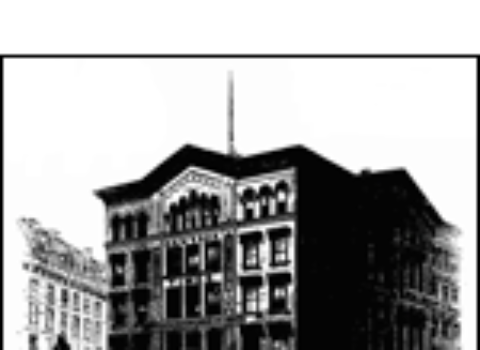I recently posted an item about the ongoing bloodshed in Sri Lanka and reported that the lobbying firm of Patton Boggs was being paid $35,000 per month by that country’s government to, at least in part, sanitize its role in the violence.
Here’s the latest:
A day after the Tamil Tigers, one of the world’s most feared and enduring guerrilla movements, acknowledged that their 26-year struggle for a homeland had “reached its bitter end,” state television said Monday that the leader of the insurgents was among 200 dead in a final, bloody battle. Sri Lanka’s army commander said troops had wiped out the rebels and reunited the country, Reuters reported. The news provoked celebrations among the Sinhalese majority across the land, with people taking to the streets of Colombo, singing and dancing, news reports said…
But, in contrast to the sense of overwhelming military victory in Sri Lanka, outsiders continued to register grave concerns about how the battle had been fought. Foreign ministers of the European Union, meeting in Brussels, said they were “appalled” by reports of high civilian casualties and urged an independent inquiry into alleged violations of international humanitarian and human rights law by both sides.
The Washington Post added this:
The ruthless and elusive leader of the Tamil Tiger rebel movement was killed Monday by Sri Lankan forces in what may have been the final showdown of Asia’s longest-running conflict, officials said. Velupillai Prabhakaran was South Asia’s most feared rebel commander. Under his direction, the Tigers became one of the world’s deadliest guerrilla armies, labeled a terrorist organization by the United States and other countries for hundreds of suicide attacks on soldiers, civilians and government officials…
On Sunday, despite expressions of concern about civilians trapped in the fighting from Obama and the United Nations, Sri Lanka’s military vowed to recapture “every inch of land” and refused to relent in its assault on the rebels even after the Tigers said they would stop fighting. Some civilians were reportedly huddled in trenches with little water or food, although Sri Lanka’s military said Sunday that all those who had been trapped in the country’s northern war zone — an estimated 63,000 — had escaped.
Last week, I spoke with Steve Hedges, a spokesman for the Sri Lankan embassy, about a news account of government shelling that killed large numbers of civilians, citing a “doctor in the war zone.”
Hedges told me the doctor mentioned in the story, V. Shanmugarajah, “is often quoted as a source reporting government shelling in the conflict zone. I am told he once worked for the Sri Lankan government but has been out of contact with the government since October 2008.”
He has been cited repeatedly as a source on government shelling, and he apparently retreated with the [Tiger] forces as the government took over the northern part of that zone where he was working. He also has been given access to satellite and cellphones in an environment where people are held at gunpoint and barely subsisting, which might suggest something about the value of the information. There is even YouTube video of him. In other words, perhaps he is a hostage making statements under duress, or perhaps he is aligned with the [Tigers]?
Now the Los Angeles Times reports that V. Shanmugarajah is one of three doctors detained by the government “on accusations they gave false information about the casualties to the media.”
With journalists and nearly all aid workers barred from the war zone, Thurairaja Varatharajah, Thangamuttu Sathyamurthi and V. Shanmugarajah became some of the few sources of information on the toll the war took on the tens of thousands of civilians trapped in the area…
As the fighting in the north escalated, the doctors told harrowing stories of the fighting and the conditions they were forced to work under. They repeatedly relocated their makeshift hospital to schools and other buildings amid heavy shelling as government forces swept over the area. They described how the vast number of wounded civilians overwhelmed their facility, as they ran low on medicine, supplies and staff. Eventually, they could only throw gauze and bandages at the wounded.
They said the war zone, packed with tens of thousands of civilians, was under almost constant artillery attack that caused heavy civilian casualties. As the doctors told the world of the dire conditions for civilians, government officials denied the men existed. They later acknowledged that Varatharajah and Sathyamurthi were working for the government in the war zone, but said they were under rebel pressure to lie about the fighting.
Note: Last Monday, a source told me, the ambassador of Sri Lanka met with House staff members. I asked Hedges about the meeting. He replied:
I think most the staff members were from the House Foreign Affairs Committee. The embassy provided pizza and soda — several embassy staffers went early to bring in the pizza and drinks, paper plates, etc. It lasted an hour. The purpose was to brief staff members on the situation in Sri Lanka and post-conflict development. The ambassador gave a 10-minute update and then took questions. There were three Patton Boggs people there but they didn’t say anything. The embassy provided the food, not Patton Boggs.
Also, worth recalling here that Hillary Clinton said last week that it “is not an appropriate time” to consider a huge International Monetary Fund loan for Sri Lanka.





